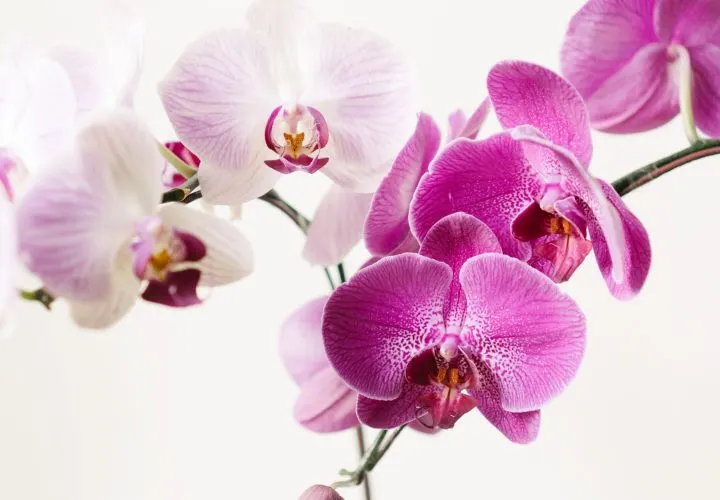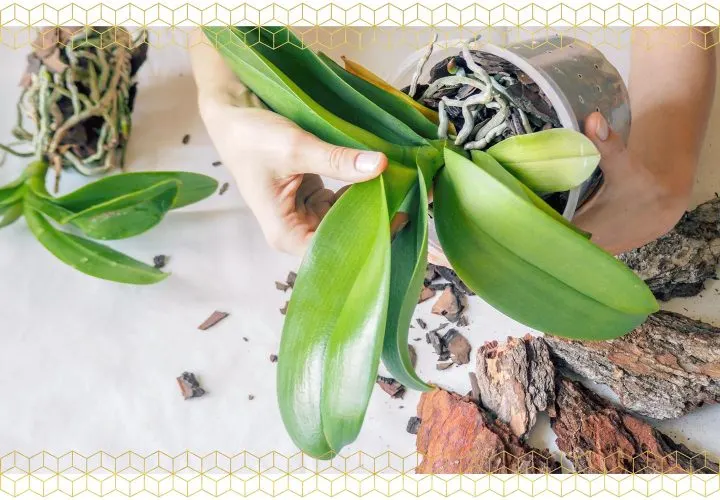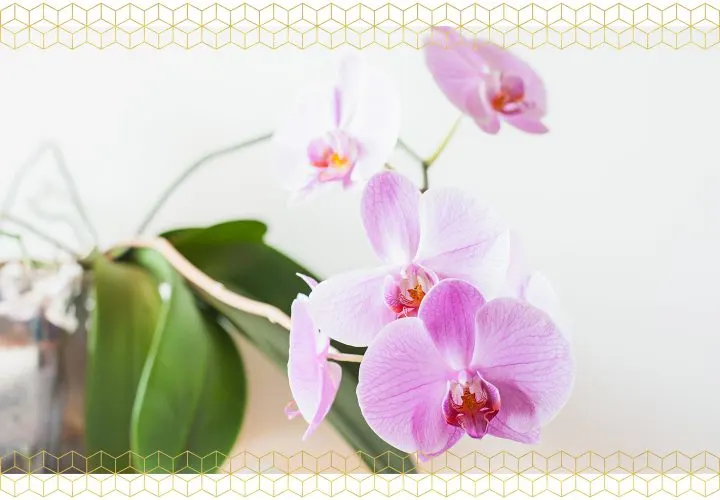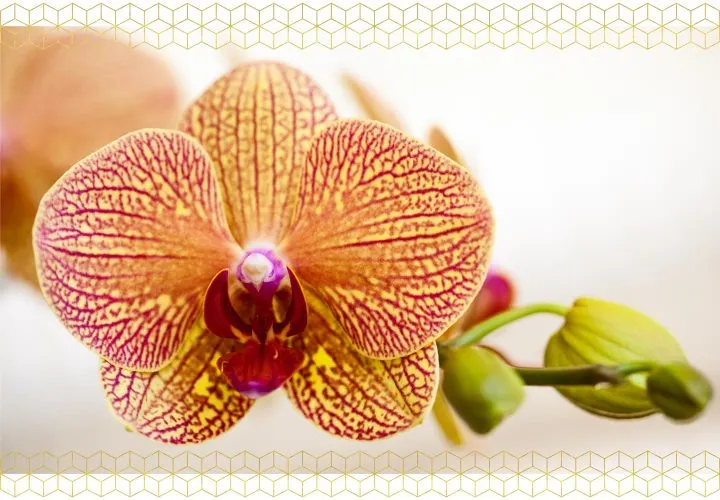October 29, 2018
How to Care for Orchids
Orchids, also known as Orchidaceae, are one of the most beautiful flowers around due to their large, long-lasting blooms and crisp colors. They can be found in white, pink, magenta, purple and yellow hues. Orchids symbolize fertility, elegance and love. For this reason, they are often given as gifts for new parents.
One of the most popular types of orchids is the moth orchid or phalaenopsis. This variety blooms one to two times a year and the flowers last from two to three months. Other popular types of orchids are dendrobium and oncidium, which bloom one to two times a year and have flowers that last a little over a month.
If you are an orchid owner or are looking to give an orchid as a gift, it’s important to know the unique care this variety of flower requires. Follow our orchid guide to learn how to care for orchids. From soil advice to watering tips, we have the recipe to keep your orchid alive and healthy.
How to Grow Orchids
There are more than 20,000 types of orchids around the world, and their growth is dependant on a few factors. Proper potting, soil base, watering and lighting are all components that are vital to an orchid’s growth.
Potting
Your orchid should be planted in a pot that has plenty of drainage. There should be drainage holes in the bottom of your pot to ensure any excess water drains completely. If your orchid comes in a pot that does not have this feature, you’ll need to repot it into one that does.
Soil
Orchids should be planted in fast-draining soil. Using moss-based or bark-based potting mix is suggested. Depending on which you choose, the orchid care will vary. The bark-based mix allows the water to drain quickly, so you will need to water your orchid more frequently. The moss mix retains more water, so you can go longer between waterings.
Temperature
Orchids grow best in an environment that’s 60-75 degrees Fahrenheit (16 to 24 degrees Celsius). These moderate temperatures, in combination with a little air circulation, will allow your orchid to grow big, beautiful flowers.
Light
Orchids should be kept near a south or east-facing window if possible. They need a lot of light, but not direct light. If they are near a west-facing window, the light will be too strong, so you may need to put a sheer curtain on the window. North-facing windows will not provide enough light for your orchid.
How to Water Orchids
How often you water your orchid will depend on your climate, humidity levels and potting medium. Orchids usually need to be watered every few days. When it comes to watering orchids, the most common mistake is overwatering them. Root rot is a disease that is commonly found in this variety of plant.
Avoid Overwatering
To avoid overwatering, water your orchid based on how wet the soil feels. Gently push a few fingers into the soil and then remove them. If you feel moisture on them, you do not need to water your orchid. If you do not feel moisture, it needs a soak. Another way to help you keep track of if your plant needs water is by potting it in a clear pot. A clear pot will show the condensation, and when there is no condensation it’s time to water.
Misting
If you live in a dry climate or have an air-conditioned home, you may need to give your orchid a mist on a daily basis. If your home has 40-60% humidity this is not needed. But for anything below 40% humidity, misting orchids daily with a spray bottle is recommended.
How to Care for Orchids After They Bloom
After you’ve enjoyed the orchid’s beautiful bloom, you’ll need to water, feed and prune it to allow it to stay healthy. It’s suggested that you repot your orchid in fresh growing medium (bark or moss soil). This will give the plant a fresh start with new nutrients.
Fertilize
Fertilizer is essential for promoting reblooming in your dormant orchid. You’ll need to feed the plant by fertilizing it with a balanced houseplant fertilizer (20-20-20) either weekly or monthly, depending on the variety.
Prune
Once a flower has dried, the stem should be pruned. You can cut the old flower spike near the base of the stem. It is rare for an orchid to rebloom on the same stem.
Reblooming
If you take care of your orchid as instructed, you should see a rebloom in six to nine months. If your orchid is not blooming, it’s probably because of one of these eight reasons:
1. Not enough light
2. Too much light
3. Wrong temperature
4. Too much or too little fertilizer
5. Needs repotting
6. It’s the wrong season
7. Too little water
8. Too much water
Knowing how to rebloom orchids is a skill that takes practice. You may have to test a few of these factors before finding the source of the problem.
How Long Do Orchids Live?
Orchids can live for years and even decades with the proper care. An orchid’s lifecycle consists of an initial bloom (usually in fall), a dormant period and a rebloom. If the orchid is cared, for it then repeats the dormant and rebloom stages every few months.
Now that you know how to properly care for orchids, check out our beautiful orchid plants and find one for your home.
References:
Better Homes and Gardens I American Orchid Society I Wikihow I Orchids Made Easy






